What is the most important part of an email?
This was the question I posed at the start of a workshop last week for the leadership team of a local council. They had asked me to prepare an Effective Email Etiquette & Protocols workshop to help them develop a consistent approach to writing emails that would allow the leadership team to have greater clarity in their email communications and better manage their priorities.
Unusually these days, I had to travel past my desk and out to the car for this workshop as they were keen to have the workshop delivered face-to-face rather then online. But I didn’t have far to travel as it was actually my own local council here in North East Victoria and the drive through spectacular autumn-coloured countryside in the early morning sunlight was a real delight.
The workshop covered 5 key strategies for establishing email protocols that make it so much easier for both sender and receiver.
Think first (is email actually the best medium for this message?)
What is your desired outcome (there are only ever 4, so we can set up templates)?
What makes a truly effective subject line (there are 3 elements – most of us only use 1 of them)?
The etiquette for correctly using To/CC/BCC and Reply All (it’s simpler than you might think)
Why the Inverted Pyramid structure is best for almost all email (and how to use it).
There was great discussion about each topic and many ‘aha’ moments. Many were delighted to learn that they could to immediately set up some standardised email templates with pre-written subject lines that make it so much easier when sending email. What’s more, emails written this way tend to get quicker and clearer responses from the receivers.
Having these protocols in place will help all the team to write clear, concise, actionable email that gets results because the both the sender and receiver have great clarity in the subject line and the message body.
The leadership team will practice and ‘road test’ these new protocols for the next 3 weeks and then we’ll gather together for a review to share progress, troubleshoot any issues and fine-tune the templates and structures so they became standard policy that can be rolled out to remaining staff in the future. I’ll report on their feedback and findings in a future newsletter.
Meanwhile, does your organisation have clear protocols and etiquette like these around the use of email? If not, do you think there would interest in this workshop? If so, I have just a few dates free for those keen to get moving on this before the end of the current financial year.
Reach out for a quick chat if you have questions or would like to know more. Simply send an email to steuart@steuartsnooks.com.au
